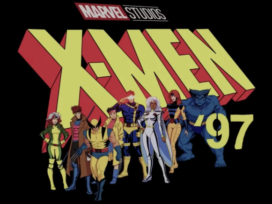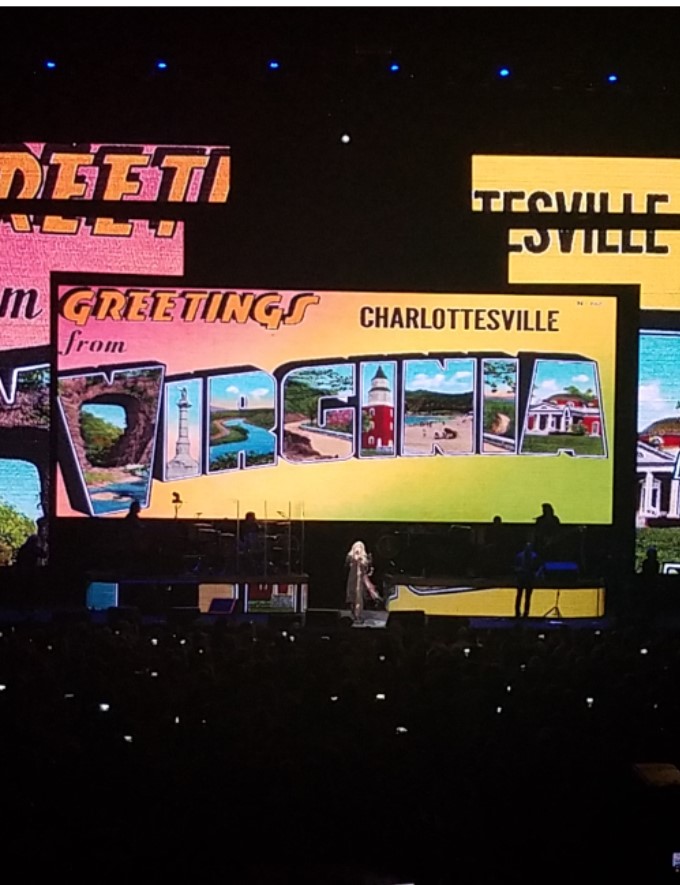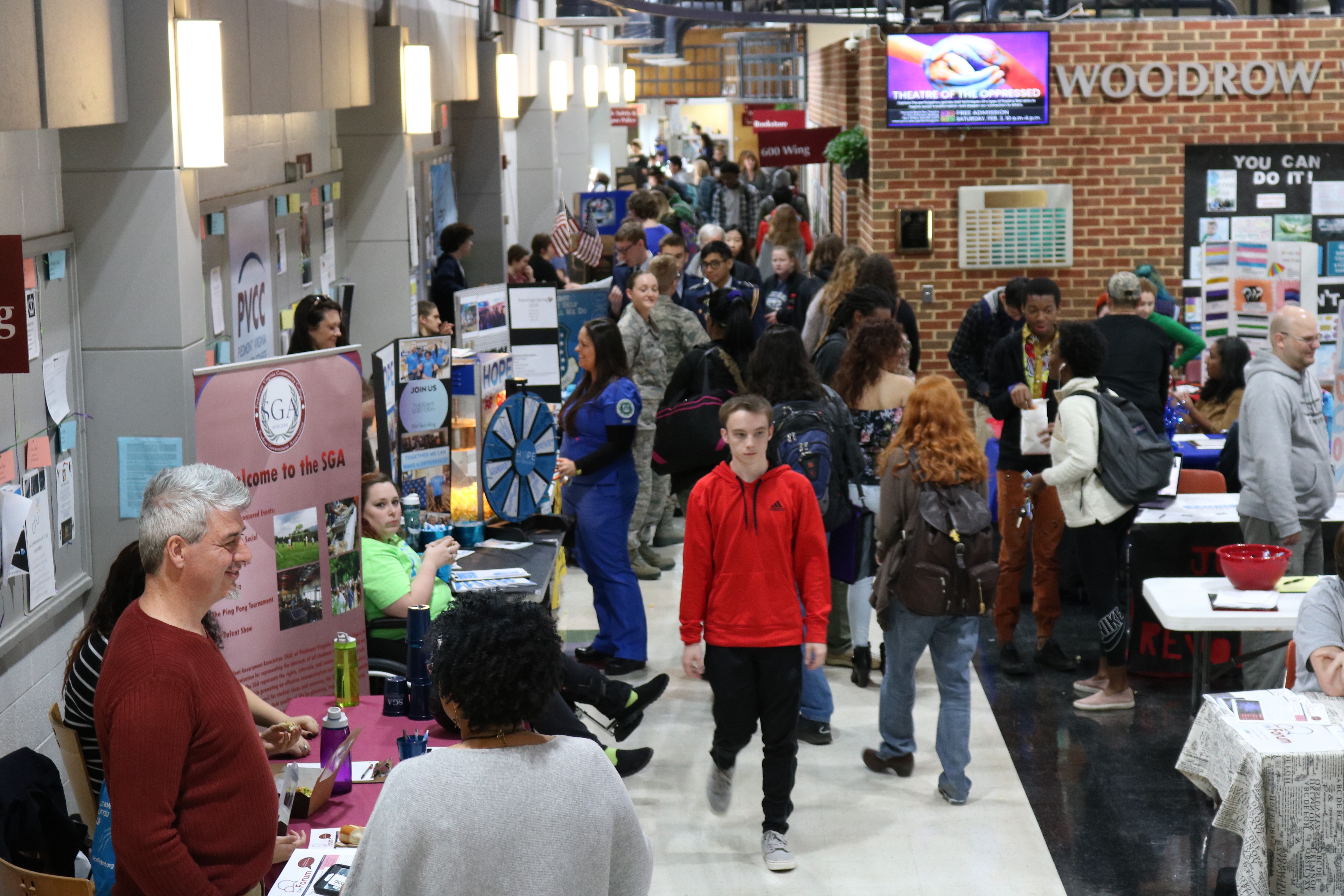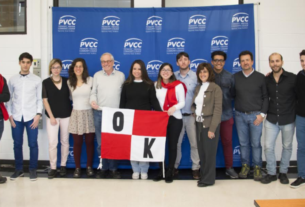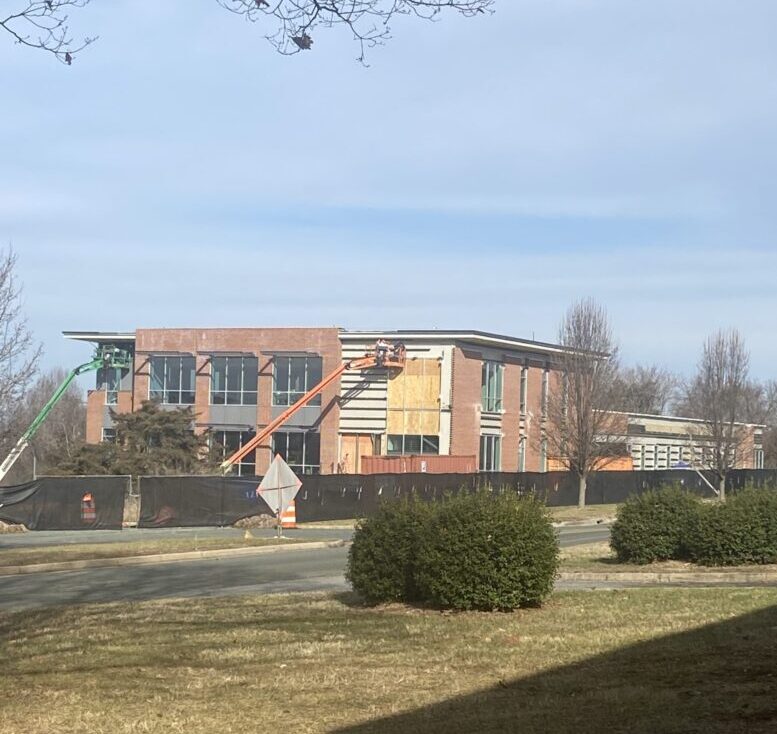
Woodrow W. Bolick Building Nears Completion
When you drive up the hill to enter PVCC, you will see a new building is in construction for the college. This building has been under construction since the middle of the 2022 summer semester. Construction is expected to finish during the beginning of the 2024 summer semester. Once construction is finished, the rooms will be set up throughout summer, and college courses for students to take at the center will be ready in the fall of 2024.
According to the building’s online description flipbook, it is planned to have three floors. The first floor of the building will focus on classes based on technology, machines, and woodwork. When the building is done, the cafe, student services offices, financial aid offices, and dining room will be moved from the main building to the second floor. The third floor is planned to have rooms for solar panels, student organizations and activities, along with publications for the forum.
The other plans for the building, according to Harry Stillerman, the vice president of institutional advancement & development, is to place technology programs such as advanced manufacturing IT, cybersecurity, robotics courses, and mechanic classes. Stillerman said the building will become the living space for college students. It will include student veteran centers, game rooms, club spaces, and rooms for community activities. It will also have a 4,000-square-foot multi-purpose event space for college and community activities.
The Woodrow W. Bolick Center also plans to go carbon neutral with energy sources such as solar panels. Stillerman said, “Our campus community is committed to a clean energy future for Virginia. We were fortunate to get additional resources from the governor’s office to be able to construct the Bolick Center as a net-zero energy building, and we are extremely proud that it will be the first building in the Virginia Community Colleges system to achieve this status.”
According to Kim McManus, the PVCC facilities director, the building is using solar panels as alternative energy sources. Other alternative sources include geothermal for heating and cooling systems that utilize underground energy. Water, which is run through a series of pipes that go 400 feet below the surface, is also being used for heating and cooling.
McManus’ three goals for the building are “to provide a state of the art laboratory for advanced technology and manufacturing instructions, to provide a centralized student success center where all the students’ administrative needs can be met, to provide a student activity center that provides space for student organizations and for student community and recreation.”


